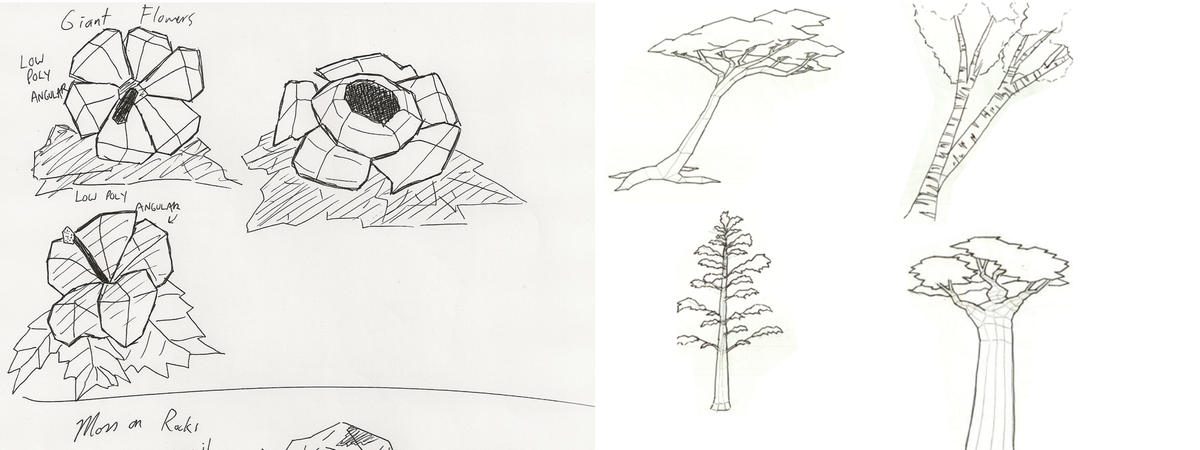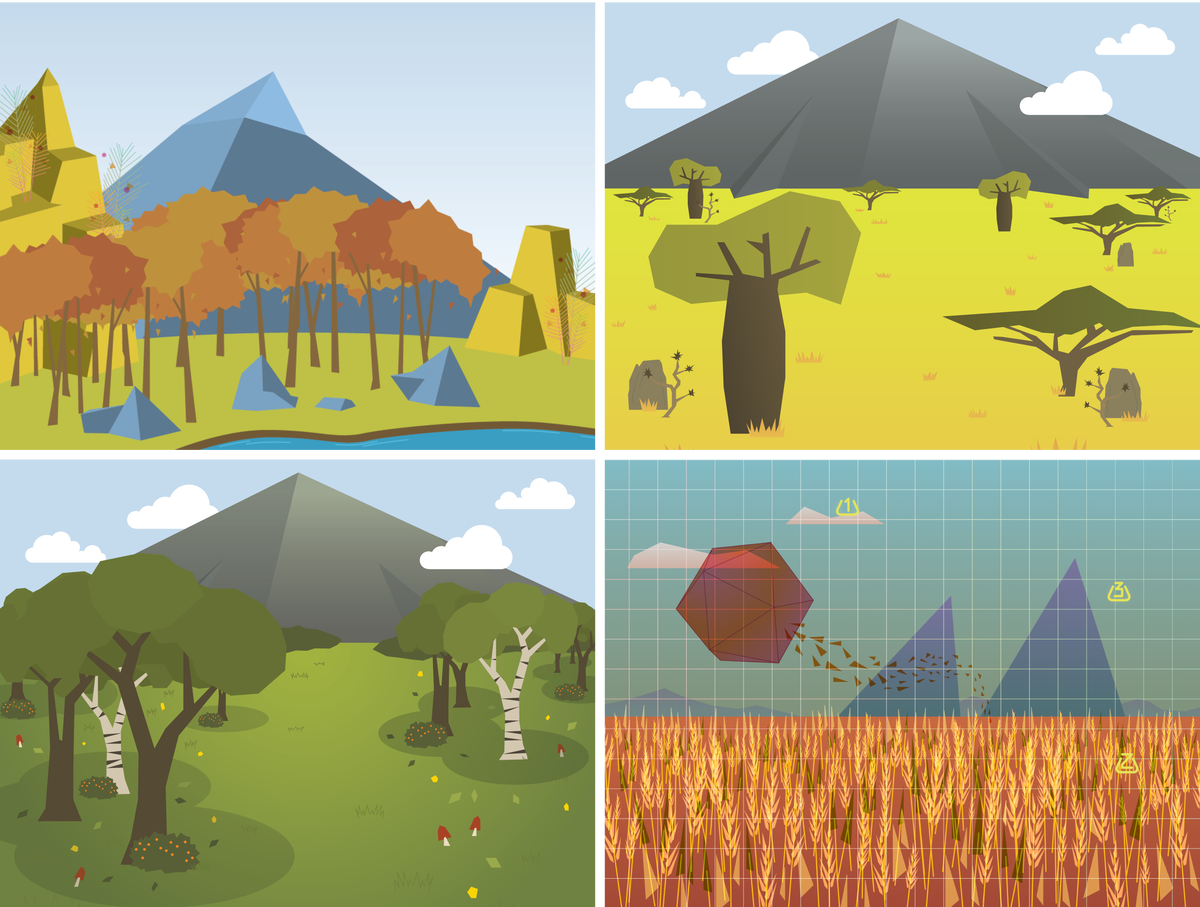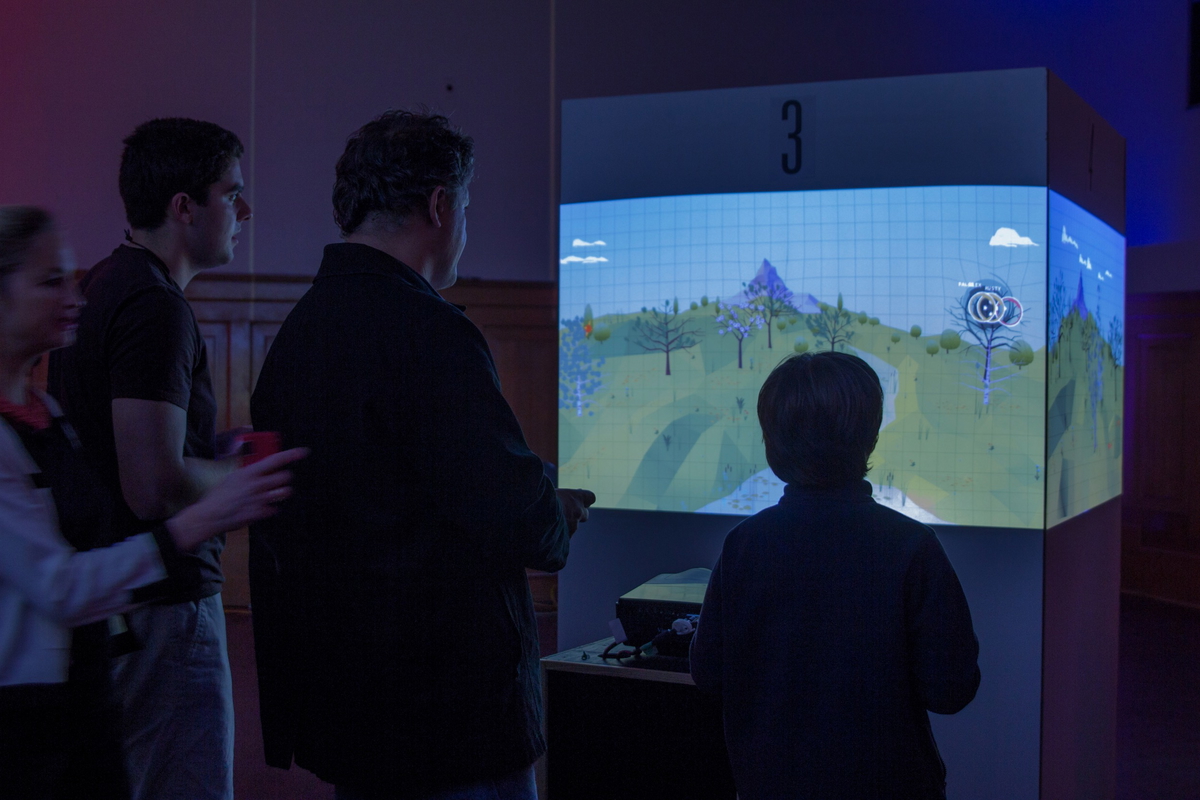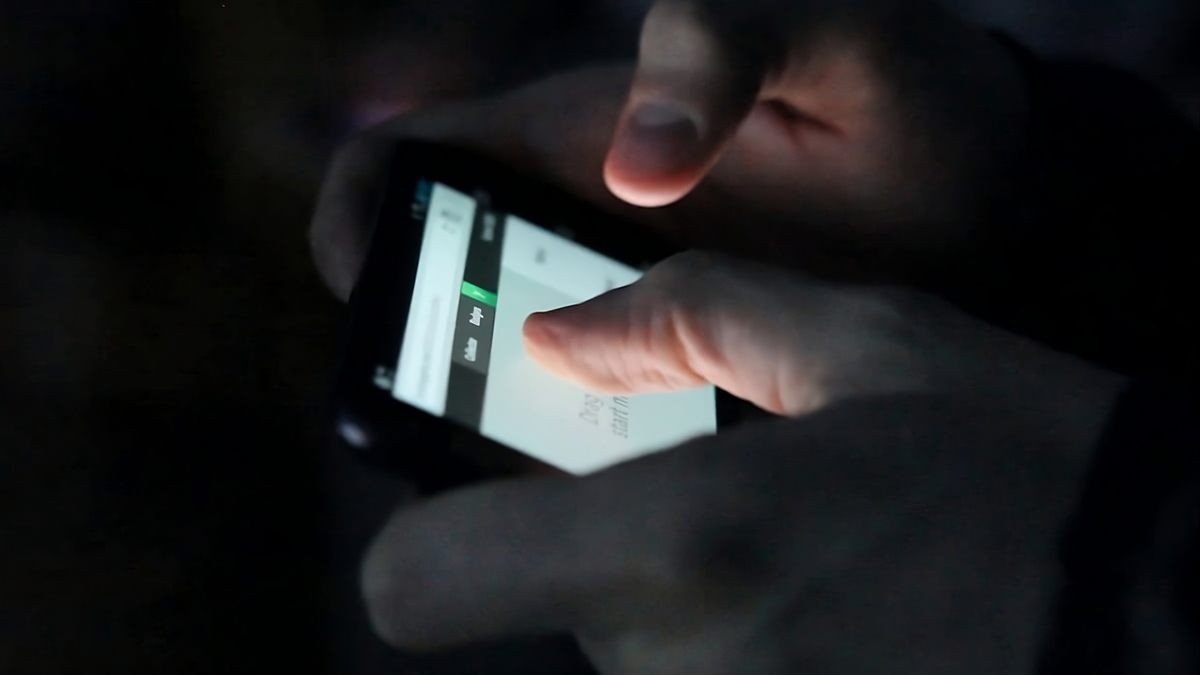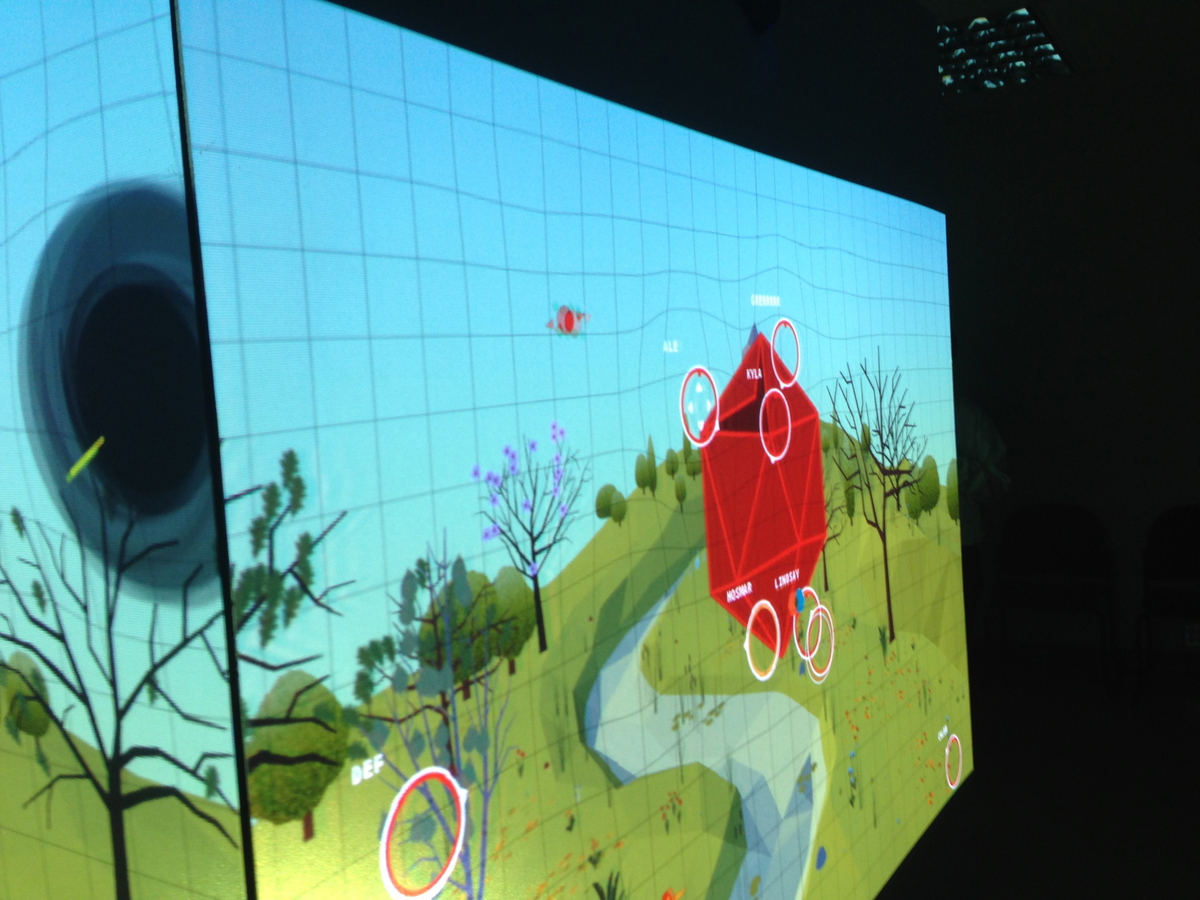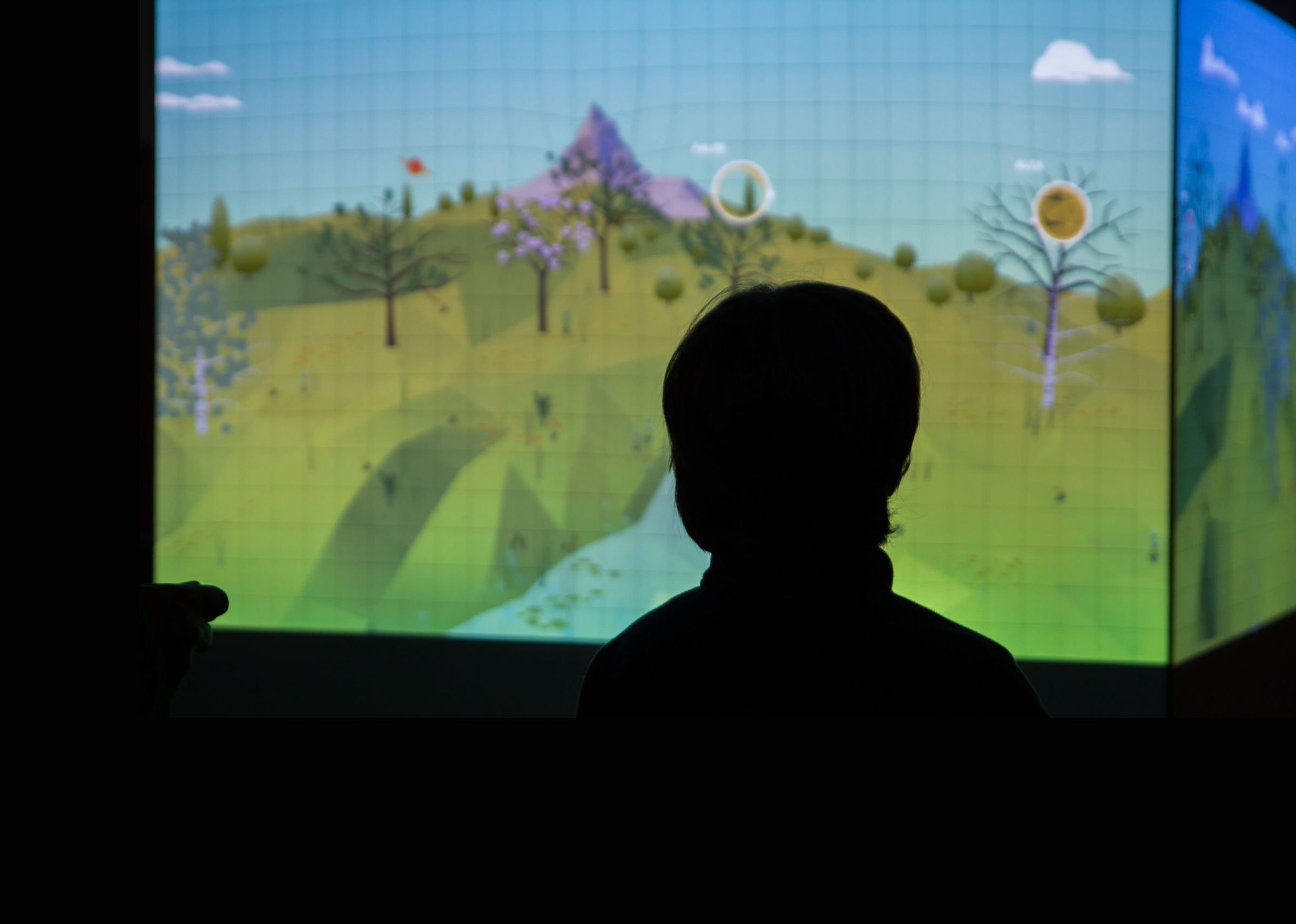
Flux Interactive Art Installation
Flux started with a conversation on an OC Transpo bus ride home from Carleton University in April 2012, Jahfer and I were talking in the back of the bus about how there was a massive disconnect between phones/tablets and immersive video games.
By the end of the bus ride we had raised the question "Wouldn't it be cool if you could use your smartphone like a game pad?" We thought that it would be pretty amazing, if the base of our project was that anyone with a smart phone could just show up and play.
We set out to combine digital and physical spaces to create spontaneous cooperation and connection. My role on this project involved audio design, web design, physical setup design.
Initial concept
Create an interactive nature simulation, experience where players can affect nature, keeping it in balance, that's accessible to anyone. The core constraints were:
- Leverage smart phones as controllers
- Create drop in/drop out, scaleable gameplay
- Immerse participants by a shared, physical space
Iteration
Simplifying game play: In our initial concept, we wanted the main purpose of the experience to be environmental simulation, in which participants adapt to changes in the environment by countering with their own forces. This proved to add significant complexity. We decided to simplify the gameplay model: Instead participants gather energy from the environment, picking it up with "collectors" and must protect their collectors from enemies.
Simplifying the physical setup: The original concept for physical setup of the game was a tall, slender pyramid structure, which allowed participants to see around the world. This large structure 8 feet tall, and a few feet wide proved to be very difficult to design, and also meant internal projection would prove extremely difficult to set up and maintain. Instead we decided to simplify the physical setup, moving to a rectangular prism shape, external projection, and using 3d spatial audio.
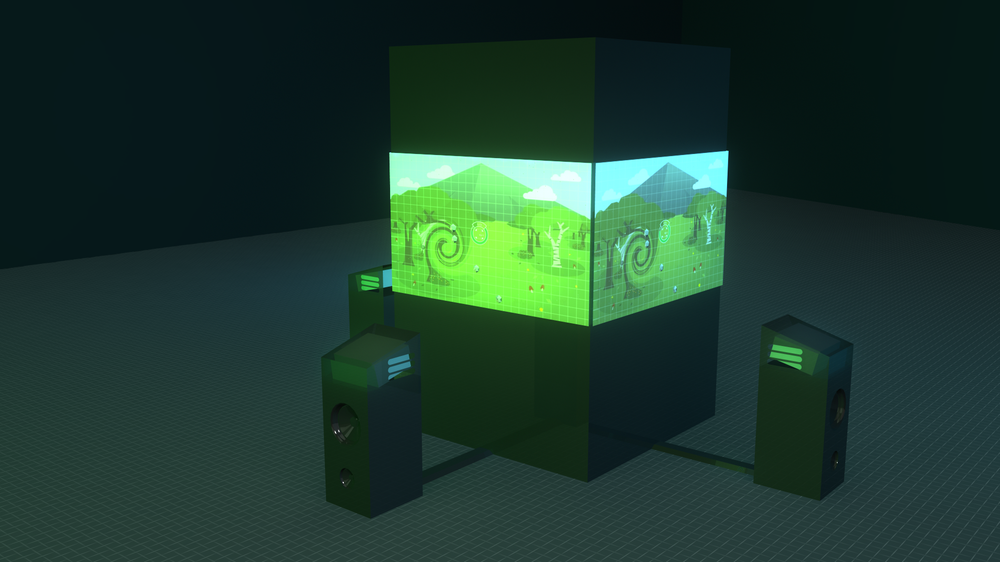
Simplified physical setup design: A four sided cube-screen, with external projection, and 3d audio projecting from beneath each projector.
Game Overview:
- Participants connect their phones by browser, enabling them to use them like a video game controller.
- Participants sign in, and their name appears as a cursor on the cube-screen in front of them.
- Participants manipulate gravitational fields by warping and pinching: warping acts as a push, and pinching acts as a pull.
- Participants collaborate to gather energy from environment, and fill a collector.
- Physical and digital space are connected, the experience takes place on a four sided cube-screen. Participants can play, and move across all sides, and even create portals, transporting from one side of the cube screen to another.
Web design
The interaction of Flux is highly based on space, and so for the website design, we decided to introduce a completely CSS based 3D explorer, which allowed users to click through, and see how the interactive art installation worked in 3D space. View the website here.
Audio design
When designing the audio for Flux, sounds were created that would complement rather than compete with the visuals. Although the audio is designed to be ambient, it is also changes and builds telling a story. The audio was designed in Ableton Live with the majority of audio being created through midi, but also used live recorded guitar.
Outcome
Flux was launched at Carleton University Senior Project Fair in April 2013. In the summer of 2014, we were invited as part of Nuit Blanche Ottawa, to bring the experience to a larger audience.
Acknowledgements
This was a really awesome project to be a part of thanks to Jahfer, Kyle, Matt, Paul and Stacie. It was was an honour to work with such a talented group of folks. This project wouldn't have been possible without all of the support from family and friends. Thank you.
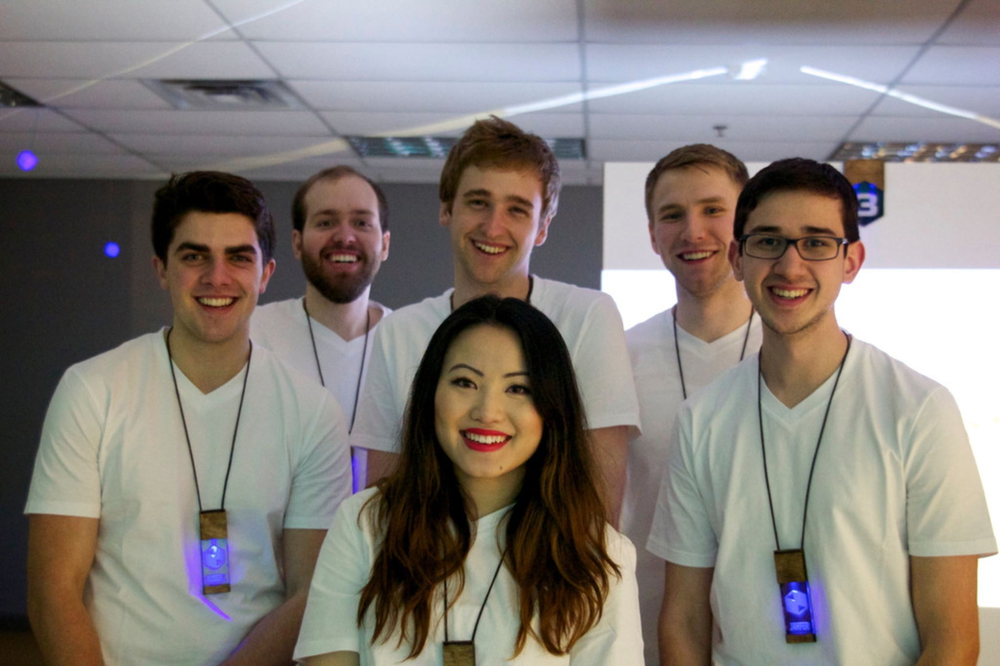
The Flux team: Russell Baylis, Paul Young, Matt Scriven, Kyle Thompson, Jahfer Husain, and Stacie Ha.

